
Deathkings of the Dark Citadel is a dark fantasy first-person action game from id Software. Built on the Hexen foundation, it blends heavy combat with brainy, interconnected hub maps that demand exploration and cunning. If you enjoy the relentless pace of Doom and the arcane atmosphere of Heretic, this expansion’s challenge and moody world will feel like home. Expect vicious ambushes, class-driven abilities, and secrets tucked into every corner. Whether you want a quick blast or a deep dive, it’s a timeless game you can simply pick up and play online.
Deathkings of the Dark Citadel is an expansion that understands exactly what made its parent game sing. Published by id Software, it sharpens the formula with nastier encounters, denser map logic, and a tone that never lets up. Rather than feeling like cut content, these episodes act like a remix pitched to veterans: more enemies, more interlocking keys and switches, and more routes that loop back on themselves in devilish ways. The result is a gauntlet of grim fortresses, catacombs, and cursed courtyards where every hallway threatens to bite.
What separates Deathkings from many action shooters is its insistence on spatial memory. You don’t just sprint forward; you orbit. You learn a castle’s arteries, trigger a distant mechanism, and return through a freshly opened artery to claim progress. That rhythm—fight, decipher, double back—makes each arena feel like a living puzzle box. It’s punishing, yes, but the kind of punishment that coaxes you to think three rooms ahead.
The class system—fighter, cleric, mage—remains the spine of the experience, but Deathkings leans harder on each role’s personality. The fighter converts risk into damage, charging into melee to end fights before they start. The cleric’s tools encourage attrition warfare, balancing survivability with crowd control. The mage feels fragile until his arsenal blooms; then the battlefield realigns around precise, surgical devastation. Switching classes doesn’t simply reskin your weapons; it rewrites the tempo of every map.
Momentum in Deathkings isn’t only speed. It’s information. Clearing a courtyard may give you sightlines into a window you’ll later breach; reading a wall sigil may hint at a hidden lift; hearing a distant gate grind open reminds you of a locked arch you abandoned ten minutes ago. Because the expansion structures its levels as hubs, your small victories compound, and mastery feels earned rather than gifted.
For players who want instant action, you can play Deathkings of the Dark Citadel online, free, directly in a browser. There’s nothing to install, and the same fast, responsive feel translates well to modern devices. On mobile, touch controls can be mapped for comfortable strafing and quick weapon swaps, letting you play without restrictions while keeping the game’s hard-edged spirit intact. Whether you’re stepping in for a quick run or pushing through an entire hub, online play preserves the authentic challenge and atmosphere that defined this dark fantasy classic.
Deathkings’ layouts revel in deceit. Courtyards stack above crypts; windows overlook paths you’ll only reach after two clever detours; a harmless alcove becomes a lethal choke point once monsters pour in from a side channel. The expansion’s authors use verticality as a pressure tool, peppering you from balconies and catwalks so that you’re never safe, only safer. Encounter design frequently pairs crowd management with surgical threats: a wave of fodder to scatter your attention and a single brute to punish distraction. When you emerge from the scrum with low health and a new key, the victory feels like a heist pulled off under floodlights.
Secrets matter. Some are playful—false walls and misaligned textures that reward the observant. Others form mini-quests: a glyph sequence that opens a reliquary, a pressure plate that resets if you fumble the order. None of it feels arbitrary. The language of the world teaches you how to read it, so when you finally crack a multi-room puzzle, the dopamine hit is immediate.
The engine’s chunky feedback remains satisfying. Weapons bark with a percussive thud, and projectiles carve bright arcs that help you read danger at a glance. The soundscape does more than boom; it whispers. The distant clatter of a moving gate or the scrape of something waking in the next wing tells you when to reload, when to sprint, and when to reconsider your route. Music swings between ritualistic menace and urgent drums, a ritual beat that keeps your pulse aligned with the game’s cadence.
Because Deathkings prioritizes clarity, fights feel fair even when they’re ferocious. Enemy telegraphs are readable, and arena geometry offers micro-cover without trivializing combat. If you die, it’s typically because you mistimed a dodge, overcommitted to a risky corner, or ignored the lesson the last room tried to teach you.
You don’t need a flowchart to succeed, but a few principles pay off. Learn the map loops. Favor routes that unlock shortcuts back to central hubs. Use doorframes to segment crowds. Save big ordnance for clustered threats or for brutes anchoring a pack. Most importantly, let curiosity drive you. The expansion rewards players who poke at edges, test suspicious walls, and follow the echo of a newly opened passage. That curiosity becomes your most effective weapon.
As an expansion, Deathkings of the Dark Citadel does something rare: it refines without diluting. By doubling down on hub-based exploration, class identity, and taut, readable combat, it offers a campaign that feels both harsher and smarter than many contemporaries. It’s the kind of game you can revisit for pure action or for the quiet satisfaction of solving an intricate space with your memory alone. Whether you’re chasing nostalgia or fresh to its brand of dark fantasy, this journey is worth the bruises.
To control the game, use directional movement to navigate, a dedicated key to interact with switches and doors, and quick-access inputs to cycle weapons and trigger class-specific attacks. Strafing and timing are vital; learn to kite groups and duck behind architecture to break enemy line of sight. In short, it’s easy to pick up, but mastering spacing and map awareness turns a tough climb into a confident sprint.
All used codes are publicly available and the game belongs to its original authors.
Share game
Share game
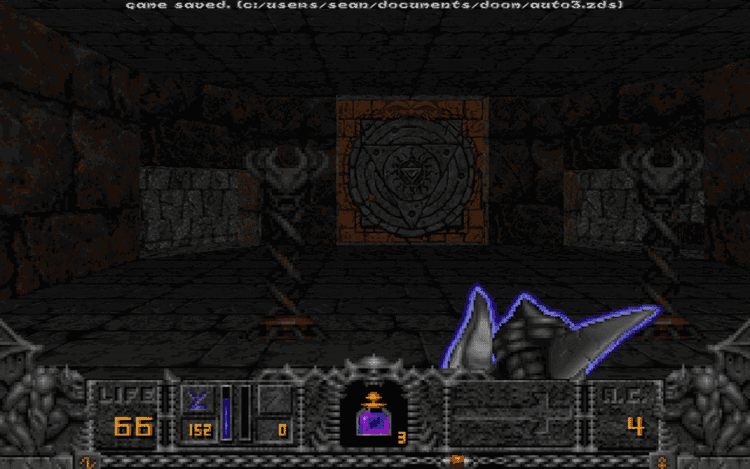
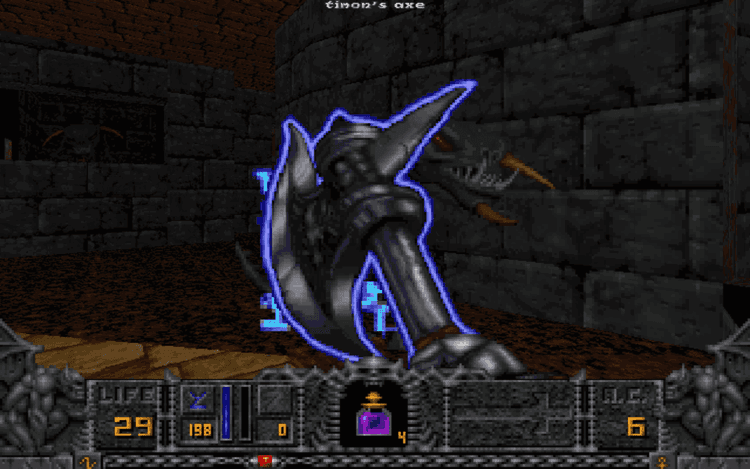
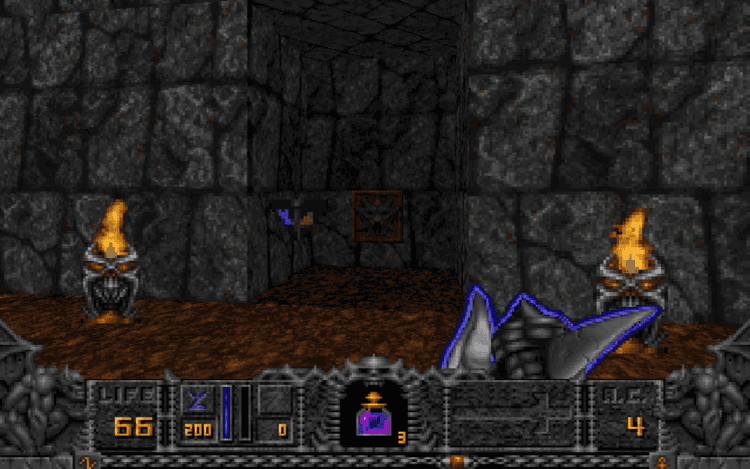
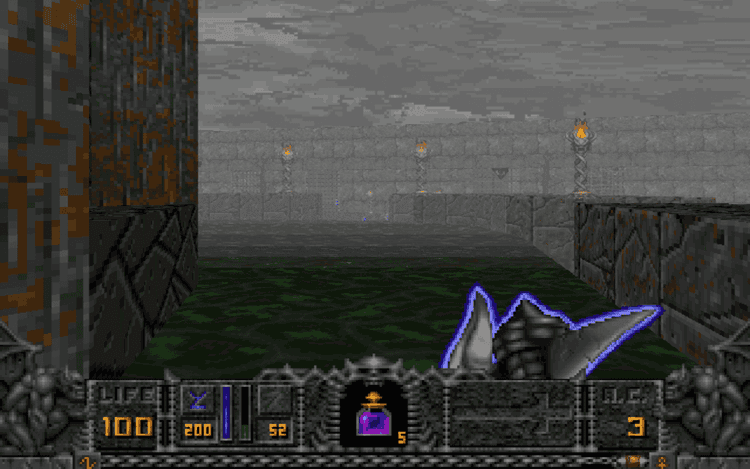
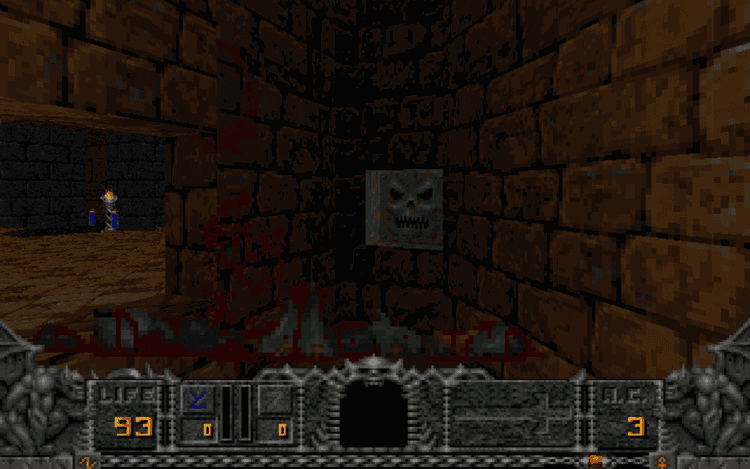
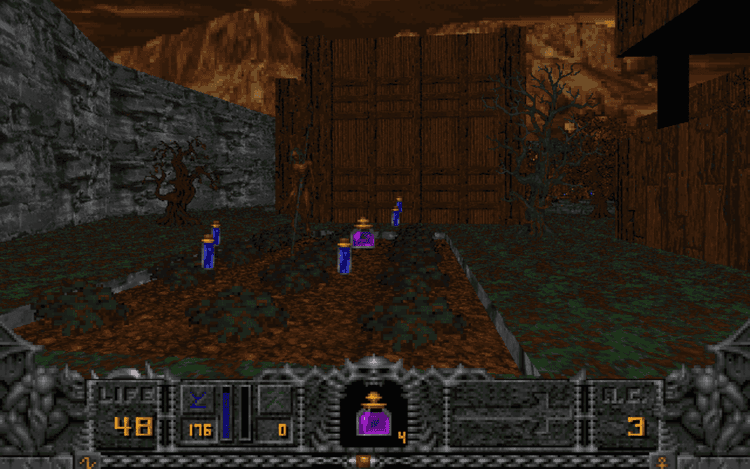
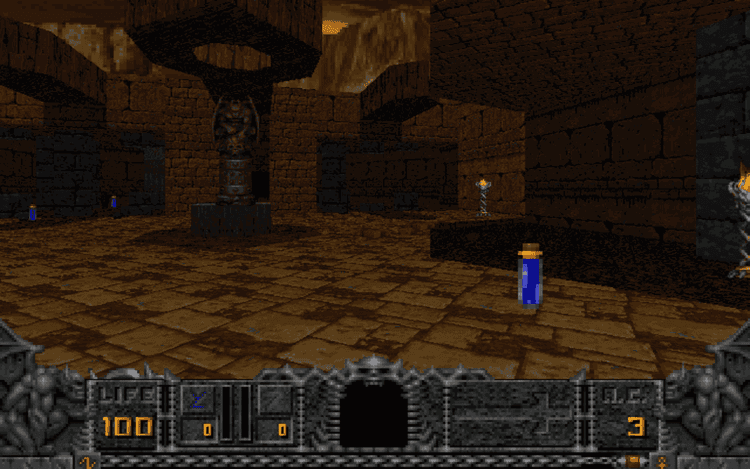
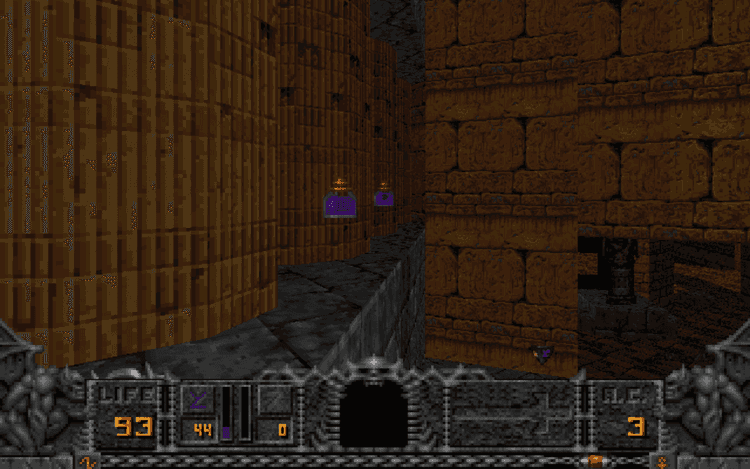
Share game